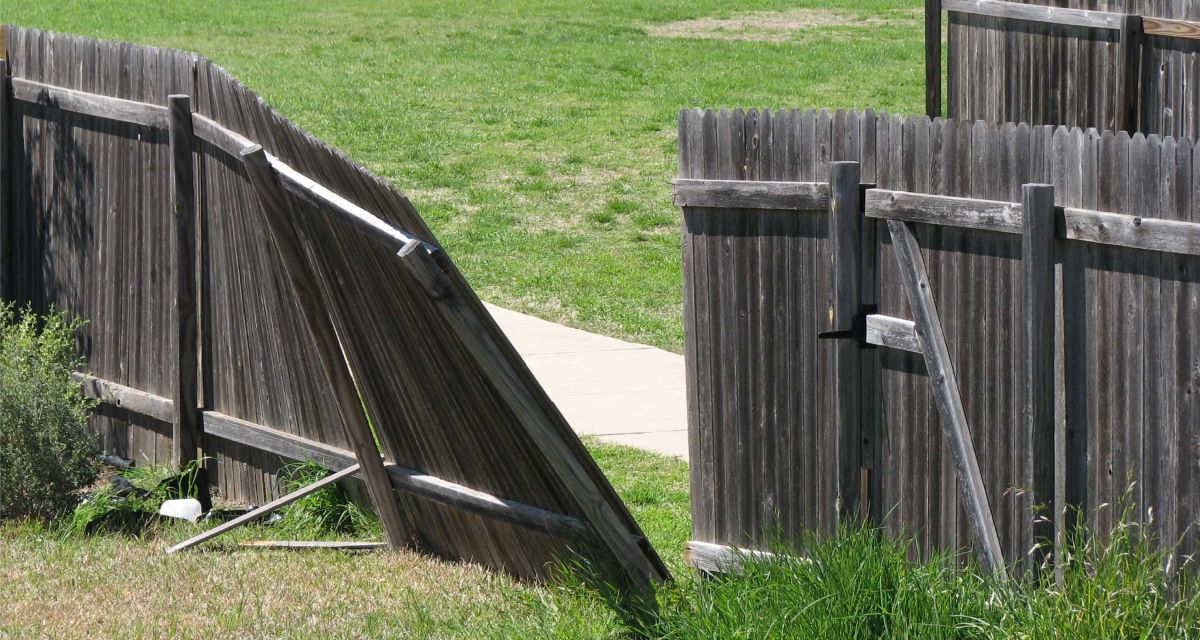

Articles
How To Keep Fence Posts From Rotting
Modified: February 23, 2024
Learn effective strategies and techniques in our informative articles on how to prevent fence posts from rotting. Keep your fence sturdy and durable with our expert advice.
(Many of the links in this article redirect to a specific reviewed product. Your purchase of these products through affiliate links helps to generate commission for Storables.com, at no extra cost. Learn more)
Introduction
When it comes to building a fence, one of the most important considerations is ensuring the longevity and durability of the fence posts. Fence post rotting is a common issue that can compromise the stability of the entire fence structure. Rotting occurs when moisture infiltrates the wood, leading to decay and weakening of the posts over time. To prevent this problem and extend the lifespan of your fence, it is crucial to take proactive measures.
In this article, we will explore various techniques and strategies to keep fence posts from rotting. From selecting the right type of wood to implementing proper installation techniques and regular maintenance, we will cover all the essential steps to ensure the longevity of your fence structure.
Keeping your fence posts in good condition is not only a matter of aesthetic appeal but also a practical concern. A sturdy and robust fence provides security, privacy, and defines the boundaries of your property. By taking the necessary precautions to prevent fence post rotting, you can avoid costly repairs or replacements down the line. So, let’s dive into the details and learn how to protect your fence posts from the detrimental effects of moisture and decay.
Key Takeaways:
- Choose rot-resistant wood like cedar or redwood for fence posts to prevent decay and ensure longevity. Proper installation techniques and protective coatings further enhance durability.
- Regular maintenance, including visual checks and reapplication of protective coatings, is crucial for identifying and addressing potential issues before they worsen. Ensure proper drainage to prevent water pooling around fence posts.
Read more: How To Replace A Rotted Fence Post
Importance of Preventing Fence Post Rotting
Preventing fence post rotting is crucial for maintaining the strength and stability of your fence. Fence posts act as the foundation of the entire fence structure, supporting the weight and providing stability against external forces such as wind and impacts. When the posts start to rot, they lose their structural integrity, compromising the overall strength of the fence.
Here are a few key reasons why it is important to prevent fence post rotting:
- Structural Integrity: Rotting fence posts can weaken the entire fence structure, making it more susceptible to damage and collapse. A strong and stable fence not only enhances the beauty of your property but also ensures the safety of your family and belongings.
- Longevity: By taking preventive measures to avoid fence post rotting, you can significantly extend the lifespan of your fence. This saves you money and time in the long run, as you won’t have to deal with frequent repairs or replacements.
- Maintenance Costs: Rotting fence posts require extensive repairs or replacements, which can be costly. By investing in preventive measures, you can reduce the need for expensive maintenance and keep your fence in optimal condition.
- Curb Appeal: A well-maintained fence adds value and curb appeal to your property. Preventing fence post rotting ensures that your fence remains visually appealing, enhancing the overall aesthetic of your home.
- Property Protection: A sturdy fence acts as a barrier, protecting your property from intruders and unwanted animals. Rotting fence posts compromise the security of your property and make it easier for trespassers to gain access.
Given the importance of preventing fence post rotting, it’s essential to take proactive steps to protect your fence. In the following sections, we will discuss effective techniques and strategies to keep your fence posts in excellent condition for years to come.
Selecting the Right Type of Wood
Choosing the right type of wood for your fence posts is the first step in preventing rotting. Not all wood species are resistant to moisture and decay, so it’s important to select a durable and rot-resistant wood variety. Here are some wood options to consider:
- Cedar: Cedar is a popular choice for its natural resistance to rot, decay, and insect damage. It contains natural oils that act as a barrier against moisture, making it an excellent option for fence posts.
- Redwood: Redwood is another naturally durable wood that is resistant to rot, decay, and pests. It has a beautiful appearance and can withstand harsh weather conditions, making it a long-lasting choice for fence posts.
- Pressure-Treated Wood: Pressure-treated wood is treated with preservatives to enhance its resistance to rot and decay. It is a cost-effective option and widely available, but be sure to choose a type that is specifically treated for ground contact purposes.
- Tropical Hardwoods: Certain tropical hardwoods, such as Ipe and Teak, are known for their exceptional durability and resistance to rot and decay. However, they tend to be more expensive and may require special tools and techniques for installation.
When selecting the wood for your fence posts, consider the climate and environmental conditions in your area. Some wood species may perform better in certain regions or climates. It’s also important to choose high-quality wood with minimal knots and defects, as these can make the posts more susceptible to rotting.
In addition to choosing the right wood species, it’s recommended to opt for larger-sized posts. Thicker and wider posts provide more stability and have a lower chance of rotting compared to thinner ones.
Remember, proper wood selection is the foundation of preventing fence post rotting. By choosing a rot-resistant wood variety and ensuring the quality of the posts, you can significantly improve the lifespan and durability of your fence.
Proper Installation Techniques
Proper installation techniques play a crucial role in preventing fence post rotting. The way the posts are installed and the measures taken during the installation process can greatly impact their longevity. Here are some important techniques to follow:
- Preparation: Before installing the posts, ensure that the ground is properly prepared. Remove any rocks, roots, or debris that could interfere with the post’s stability. A clean and level surface provides a solid foundation for the posts.
- Depth and Spacing: The depth at which the posts are buried is essential for their stability and resistance to rotting. As a general guideline, it’s recommended to dig holes that are at least one-third the length of the post, with an additional 6 inches for gravel or concrete footing. Proper spacing between the posts is also important to evenly distribute the weight of the fence.
- Concrete Footing: Using concrete footing can provide extra support and prevent the posts from shifting or sinking over time. Pouring a few inches of gravel or crushed stone at the bottom of the hole can help with drainage and prevent water from pooling around the post.
- Tamp and Level: Tamp the soil firmly around the post once it is in position to eliminate any air pockets and ensure stability. Use a level to ensure the post is perfectly vertical in all directions.
- Post Caps: Installing post caps on top of the fence posts can help prevent water from seeping into the end grain. Post caps also add a decorative touch to the fence.
- Treat the Ends: Before burying the posts, it’s advisable to treat the bottom few inches of the post with a wood preservative or waterproof sealant. This provides extra protection against moisture and helps prevent rotting from the ground up.
- Avoid Ground Contact: Ensure that the portion of the posts below the ground level is kept above the soil line. Direct contact with the ground increases the risk of rotting. If necessary, use concrete collars or metal post anchors to elevate the posts above the ground level.
Each of these installation techniques contributes to the overall strength and stability of your fence posts. By following proper installation practices, you can minimize the risk of rotting and ensure that your fence remains secure and durable for years to come.
To keep fence posts from rotting, consider using pressure-treated wood, applying a wood preservative, or using a gravel base to improve drainage.
Using Protective Coatings and Treatments
Applying protective coatings and treatments to your fence posts can provide an extra layer of defense against moisture and rot. These coatings and treatments help to seal the wood, preventing water penetration and reducing the risk of decay. Here are some effective options to consider:
- Waterproof Sealants: Waterproof sealants create a protective barrier on the surface of the wood, repelling water and preventing moisture from seeping into the pores. They are available in various formulas, such as oil-based or water-based, and can be easily applied with a brush or sprayer.
- Wood Preservatives: Wood preservatives are specially formulated chemicals designed to protect wood from rot, decay, and insect damage. They penetrate deep into the wood fibers, providing long-lasting protection. Before applying a wood preservative, make sure to clean the surface of the post thoroughly and allow it to dry.
- Paint or Stain: Painting or staining the fence posts can not only enhance their appearance but also provide protection against moisture. Look for exterior-grade paints or stains that are specifically designed for wooden surfaces. Apply multiple coats for maximum protection and durability.
- Fire-Resistant Coatings: If you live in an area prone to wildfires, consider applying a fire-resistant coating to your fence posts. These coatings help to reduce the risk of ignition and slow down the spread of flames in the event of a fire.
- Clear Sealants: Clear sealants are a good option if you prefer the natural look of the wood. They provide protection against moisture while preserving the natural beauty of the grain. Clear sealants can be easily applied and are available in both water-based and oil-based formulations.
Before applying any protective coating or treatment, ensure that the fence posts are clean and dry. Remove any dirt, debris, or previous coatings with a power washer or sandpaper. Follow the manufacturer’s instructions regarding application techniques, drying times, and reapplication intervals.
Regularly inspect the protective coatings on your fence posts and reapply as needed. Over time, these coatings may wear off or become damaged, especially due to exposure to harsh weather conditions. By maintaining a protective barrier on the wood surface, you can dramatically reduce the risk of rotting and extend the lifespan of your fence.
Read more: How To Remove Rotted Fence Post Below Ground
Providing Adequate Drainage
Adequate drainage is essential to prevent water from pooling around the base of your fence posts, which can lead to rot and decay. Poor drainage allows water to sit around the posts, saturating the wood and creating a conducive environment for rot-causing fungi. Here are some steps you can take to ensure proper drainage:
- Slope the Ground: When preparing the ground for fence post installation, ensure that it slopes away from the posts. This helps to divert water away from the base and prevents it from collecting around the posts.
- Add Gravel or Crushed Stone: Placing a layer of gravel or crushed stone at the bottom of the post hole provides a drainage channel for excess water. The gravel allows water to flow freely away from the posts, reducing the likelihood of moisture buildup.
- Install Drainage Pipe: In areas with high water tables or poor soil drainage, installing a perforated drainage pipe along the base of the fence can help redirect the water away from the posts. The pipe should slope away from the fence to ensure proper drainage.
- Clear Vegetation and Debris: Ensure that there is no vegetation or debris obstructing the natural flow of water around your fence posts. Trim back plants and remove any leaves or other debris that may accumulate near the base of the posts.
- Regularly Clean Gutters: Clogged gutters can cause water overflow, leading to excessive moisture around the fence posts. Regularly clean your gutters to ensure proper water drainage, preventing it from cascading down and saturating the ground near the posts.
- Use Gravel or Concrete Collar: If you notice frequent pooling of water around the base of the posts, you can create a gravel or concrete collar. This involves placing a circular border of gravel or pouring a small concrete apron around the base of the post to improve drainage.
By providing adequate drainage, you can minimize the amount of moisture that comes into contact with the fence posts, significantly reducing the risk of rotting. Regularly inspect the drainage around your fence posts and address any issues promptly to maintain optimal drainage conditions.
Regular Inspection and Maintenance
Regular inspection and maintenance are key to ensuring the longevity and durability of your fence posts. By proactively monitoring the condition of the posts and performing necessary repairs or maintenance, you can identify and address any potential issues before they escalate. Here are some important steps to consider:
- Visual Inspection: Conduct regular visual inspections of your fence posts to check for any signs of rot, decay, or damage. Look for discoloration, soft spots, or mold growth on the wood surface. Pay attention to the areas near the ground, as they are more prone to moisture and rotting.
- Check for Pest Infestation: Inspect the posts for any signs of pest infestation, such as wood-boring insects or termites. Look for small holes, sawdust, or mud tunnels on the wood surface. If you suspect an infestation, consult a professional pest control service for proper treatment.
- Repair or Replace Damaged Sections: If you notice any signs of rot or structural damage, take immediate action. Depending on the severity of the damage, you may need to repair the affected area by removing the rotted wood and reinforcing it with a wood filler or epoxy. In some cases, it may be necessary to replace the entire post.
- Reapply Protective Coatings: Regularly inspect the protective coatings on your fence posts and reapply as needed. Over time, these coatings may wear off or become damaged, leaving the wood vulnerable to moisture and rot. Follow the manufacturer’s instructions on when and how to reapply the coatings.
- Trim Vegetation: Keep vegetation trimmed and away from the fence posts. Plant growth around the posts can trap moisture against the wood, increasing the risk of rotting. Regularly trim any plants or vines that come into contact with the fence to maintain proper airflow and reduce moisture retention.
- Clean Gutters and Downspouts: Clean your gutters and downspouts regularly to ensure proper water drainage. Clogged gutters can overflow and direct water toward the fence posts, increasing the chances of rotting. Remove any leaves or debris that may impede water flow.
- Monitor Soil Moisture: Pay attention to the moisture levels in the soil surrounding the fence posts. Excessive moisture or constantly wet soil can indicate drainage issues or water seepage. Take corrective measures to improve drainage or address any underlying issues that may be causing the excessive moisture.
- Professional Inspection: Consider hiring a professional fence contractor to conduct a comprehensive inspection of your fence posts periodically. They can assess the condition of the posts, identify any underlying issues, and provide recommendations for maintenance or repairs.
Regular inspection and maintenance are essential for preserving the integrity and lifespan of your fence posts. By being proactive and addressing any issues promptly, you can keep your fence in optimal condition and prevent costly repairs or replacements in the future.
Conclusion
Ensuring the longevity and durability of your fence posts is essential for maintaining the strength and stability of your entire fence structure. Preventing fence post rotting requires a combination of proper techniques, materials, and regular maintenance. By following the guidelines discussed in this article, you can significantly reduce the risk of rot and decay, ensuring a sturdy and long-lasting fence that enhances the beauty and security of your property.
Selecting the right type of wood, such as cedar or redwood, can provide inherent resistance to rot and decay. Additionally, proper installation techniques, including adequate depth, concrete footing, and protection against ground contact, are crucial for maintaining the stability of the posts. Using protective coatings and treatments, such as waterproof sealants or wood preservatives, can provide an extra layer of defense against moisture. Ensuring proper drainage by sloping the ground, adding gravel, and maintaining clean gutters helps prevent water from pooling around the posts. Lastly, regular inspection and maintenance, including visual checks, repairs, and reapplication of protective coatings, are vital for identifying and addressing any issues before they worsen.
By implementing these preventive measures and incorporating regular maintenance into your routine, you can keep your fence posts in excellent condition for years to come. Not only will this save you time and money on repairs, but it will also enhance the overall longevity and appeal of your fence. Remember, a well-maintained fence not only adds value to your property but also provides security and privacy for you and your family.
Take the necessary steps to protect your fence posts from rot and decay today, and enjoy a strong and durable fence that will withstand the test of time.
Frequently Asked Questions about How To Keep Fence Posts From Rotting
Was this page helpful?
At Storables.com, we guarantee accurate and reliable information. Our content, validated by Expert Board Contributors, is crafted following stringent Editorial Policies. We're committed to providing you with well-researched, expert-backed insights for all your informational needs.
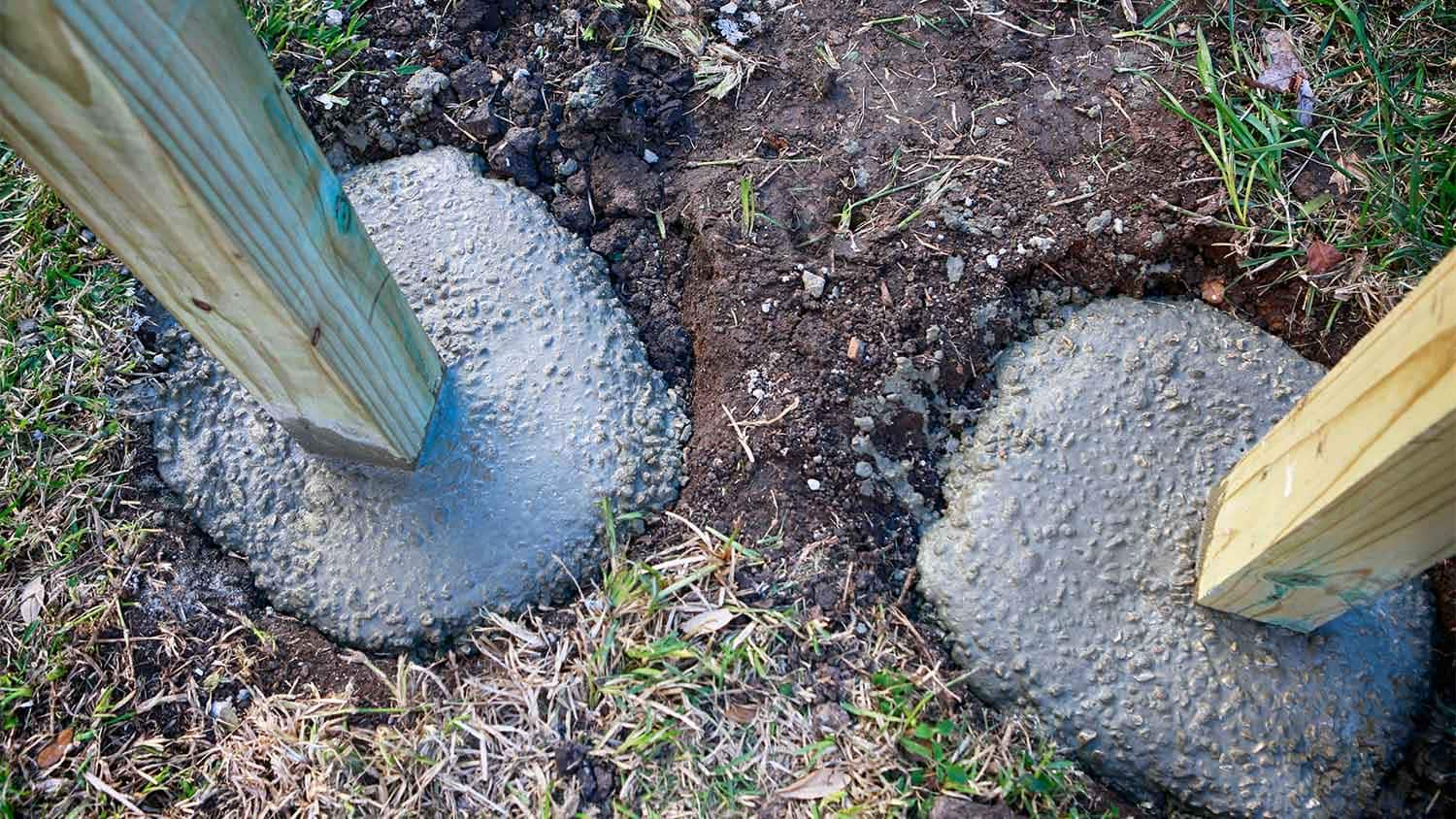
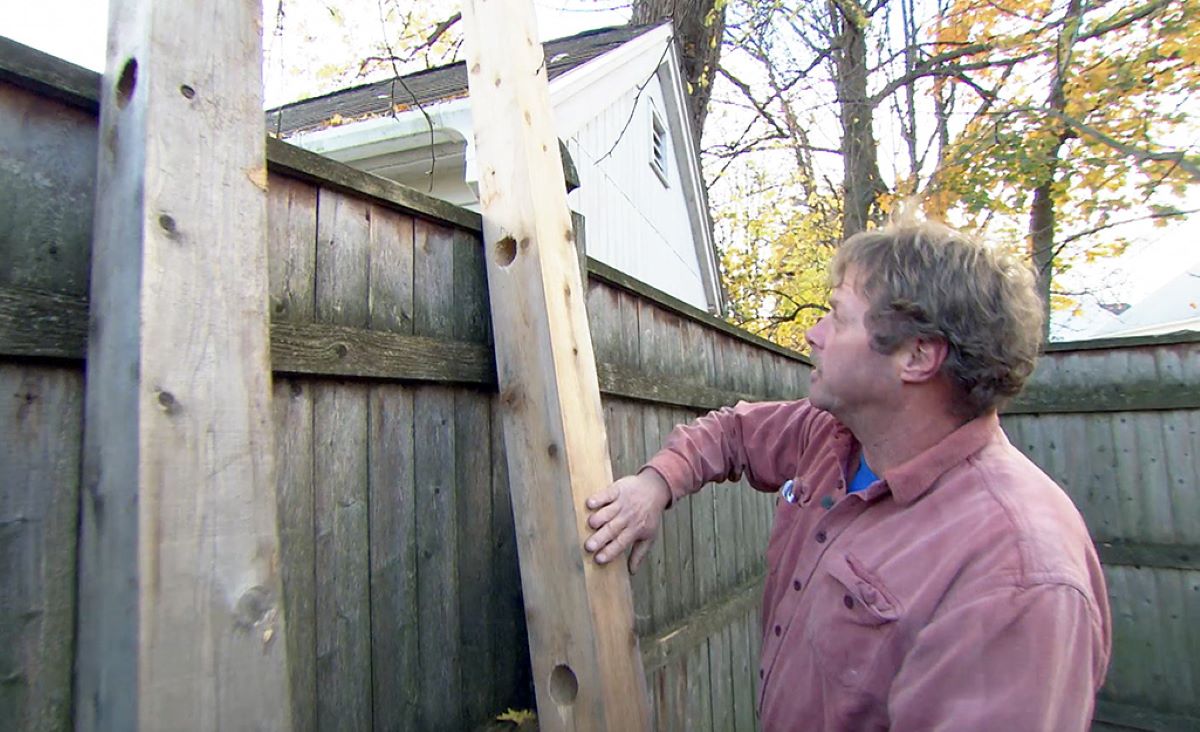
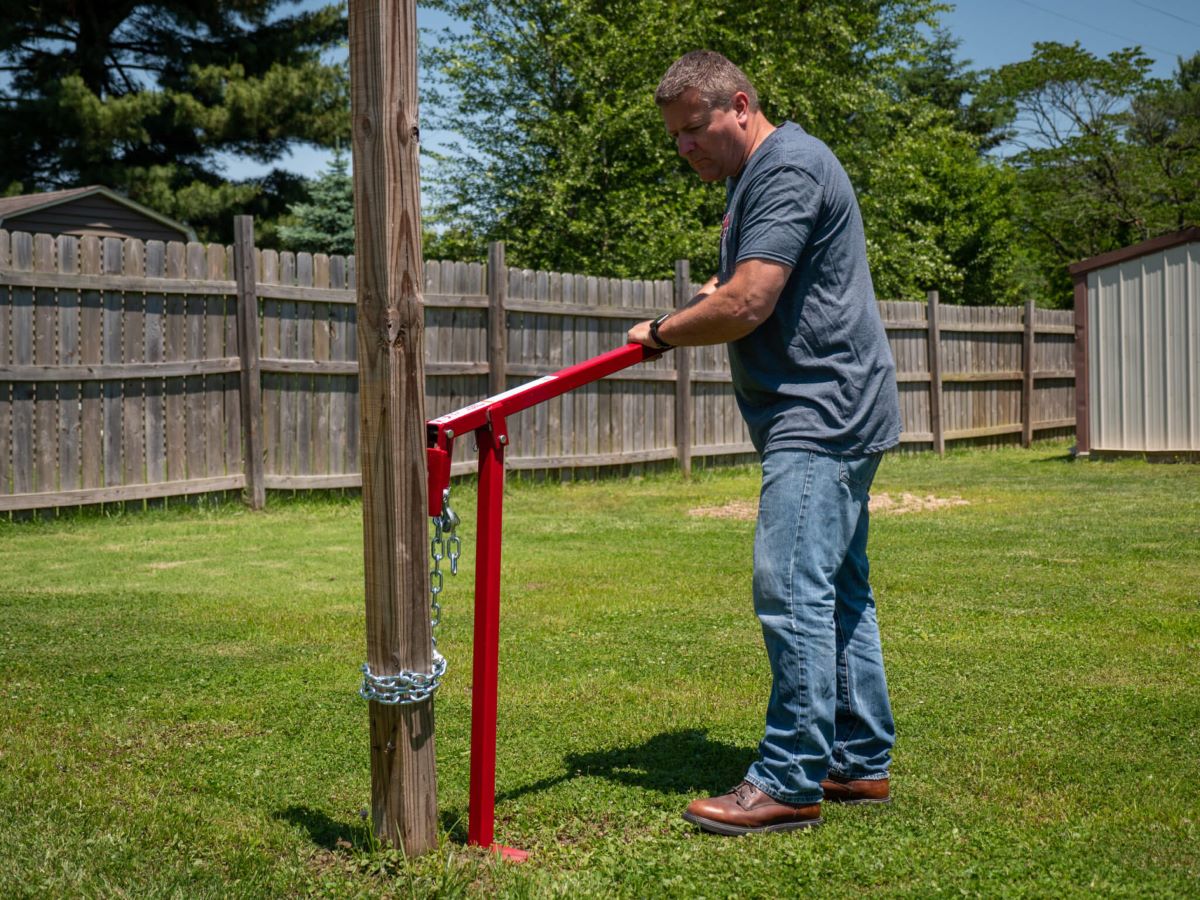
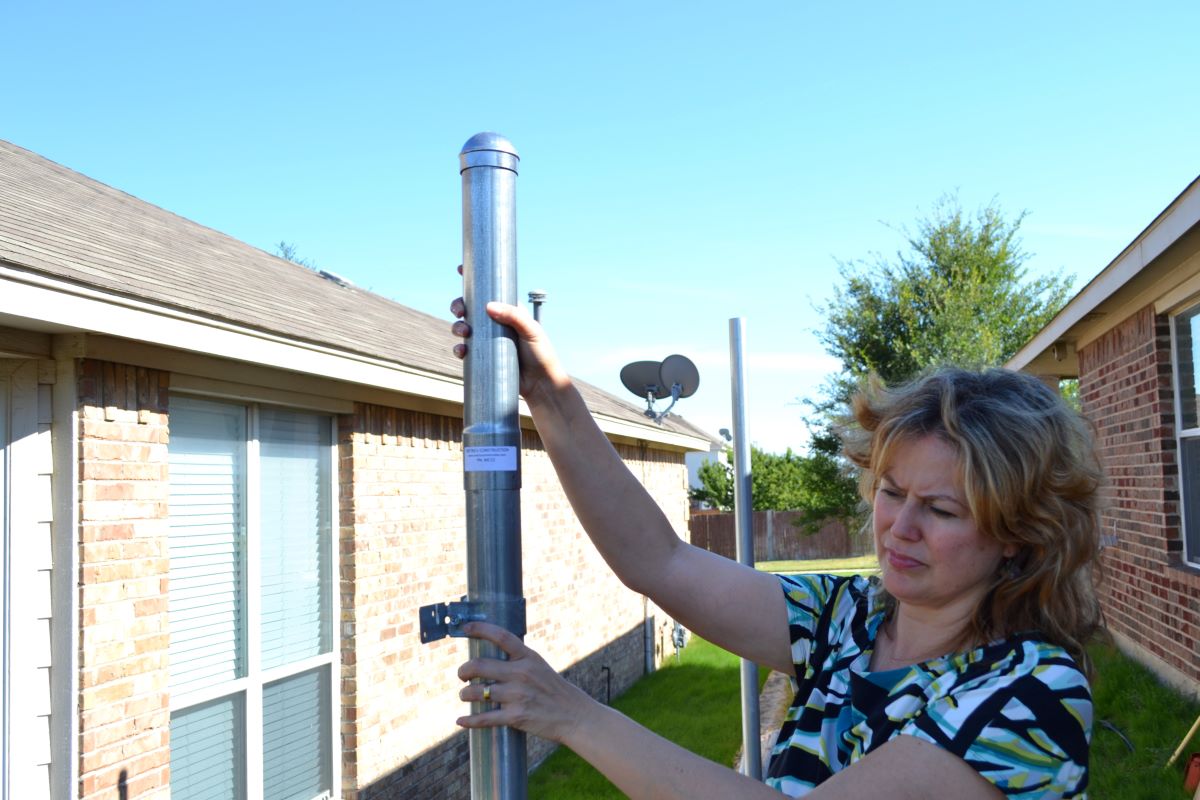
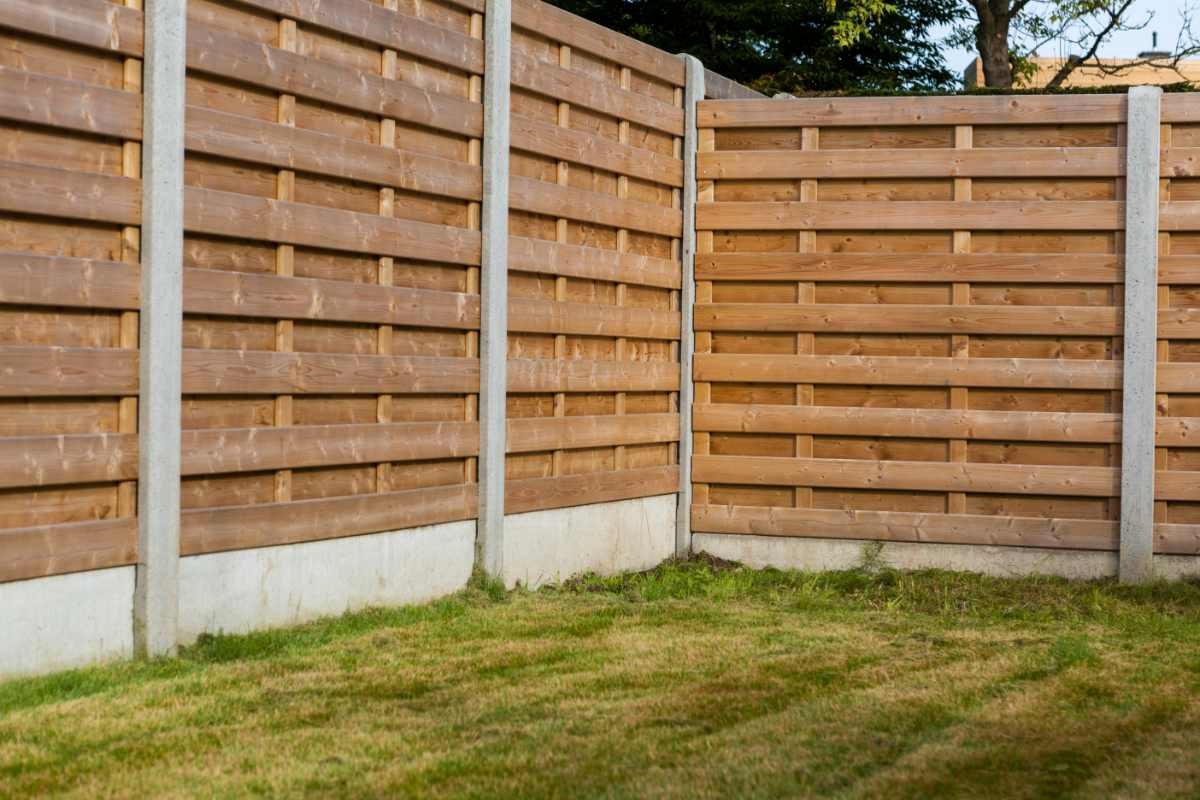

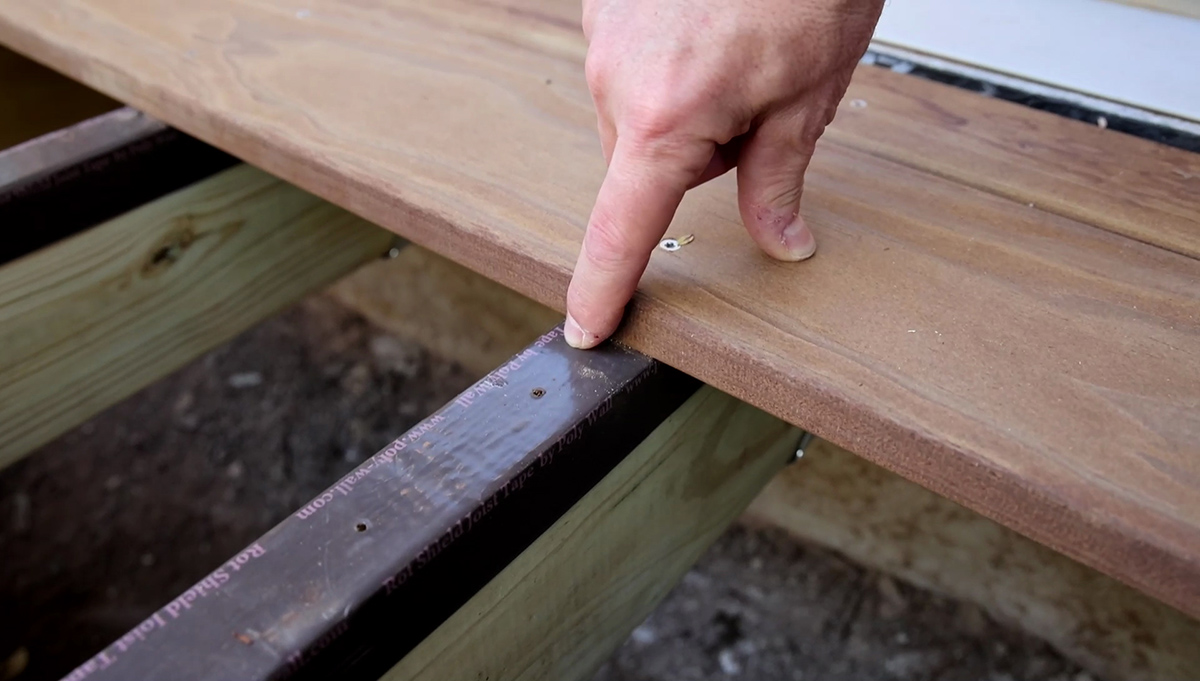
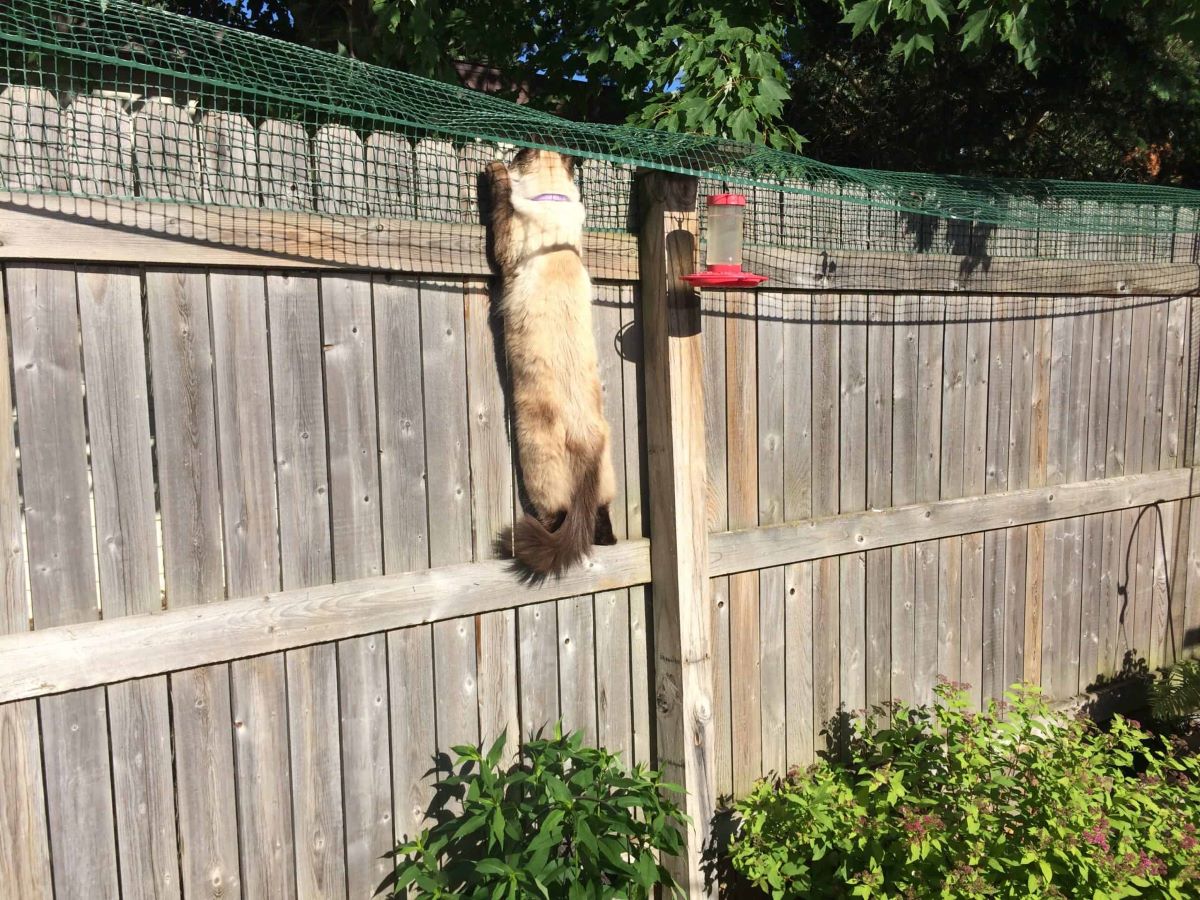

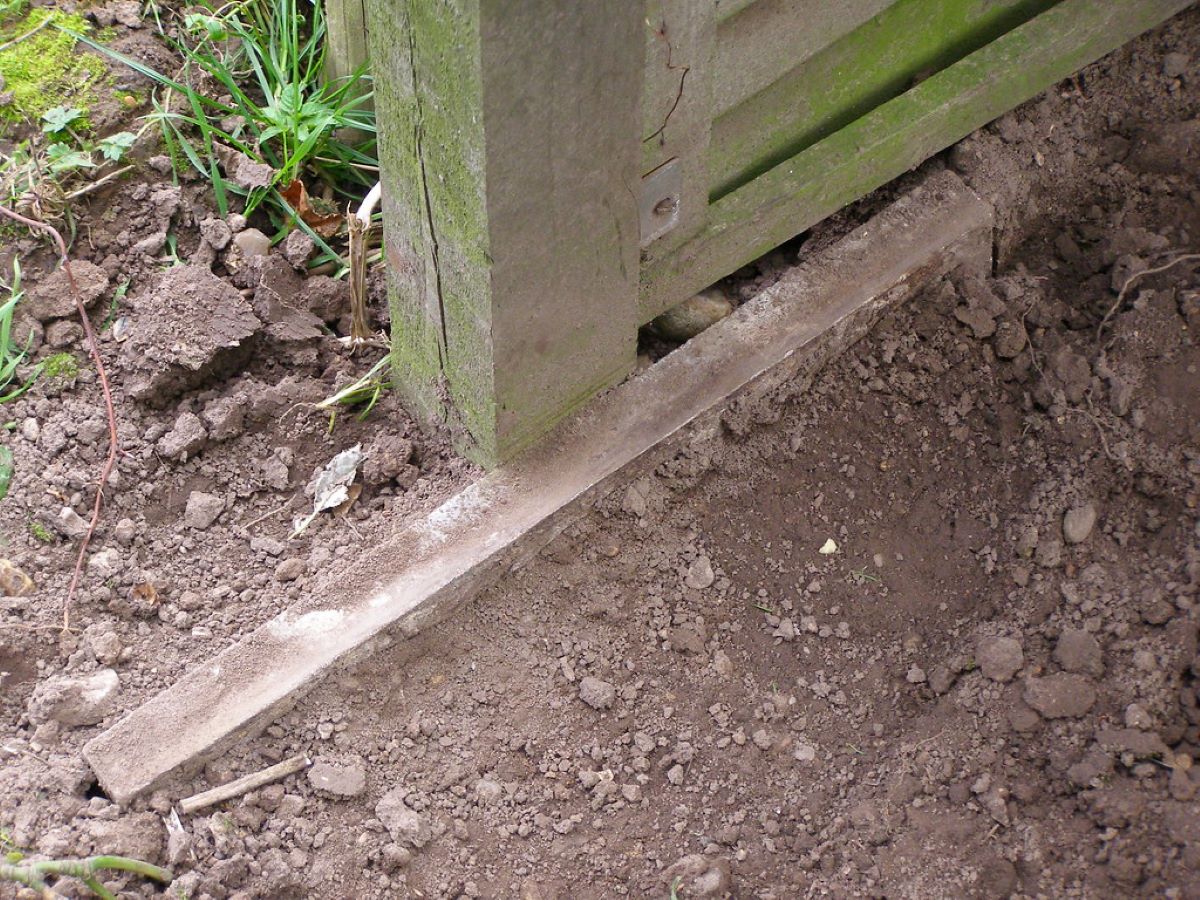
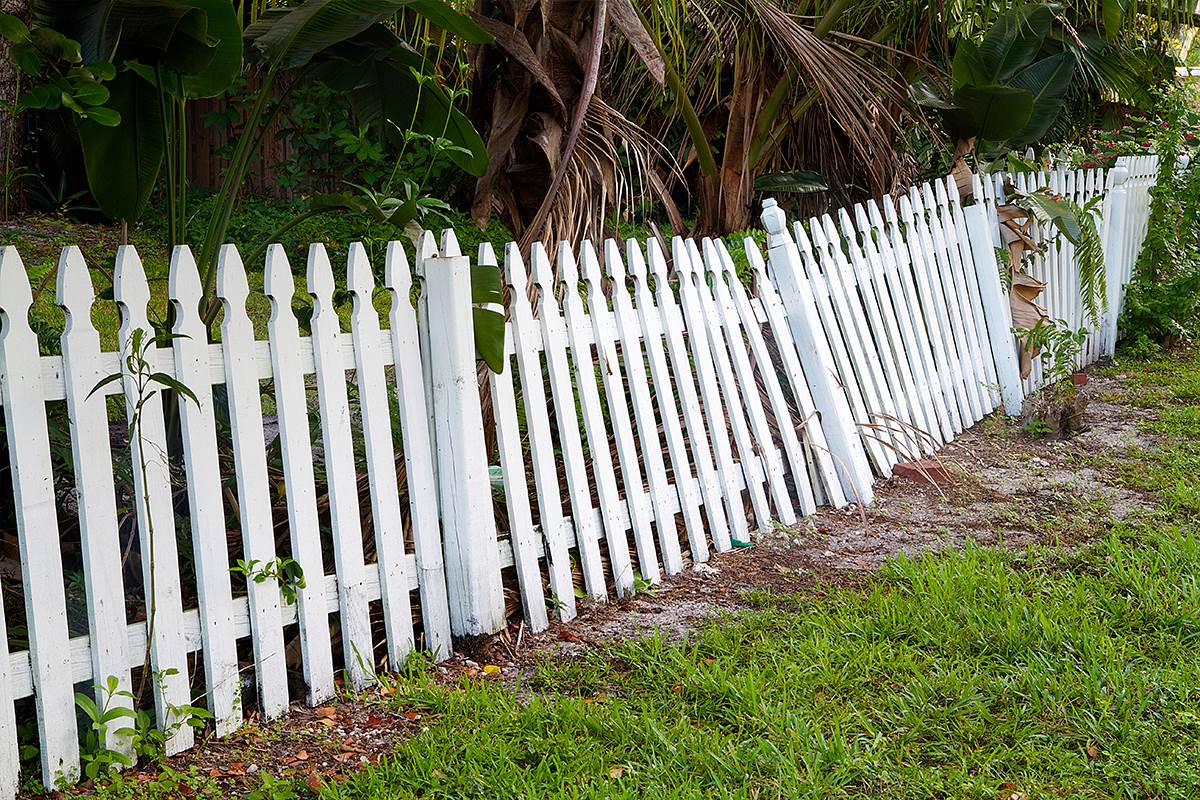
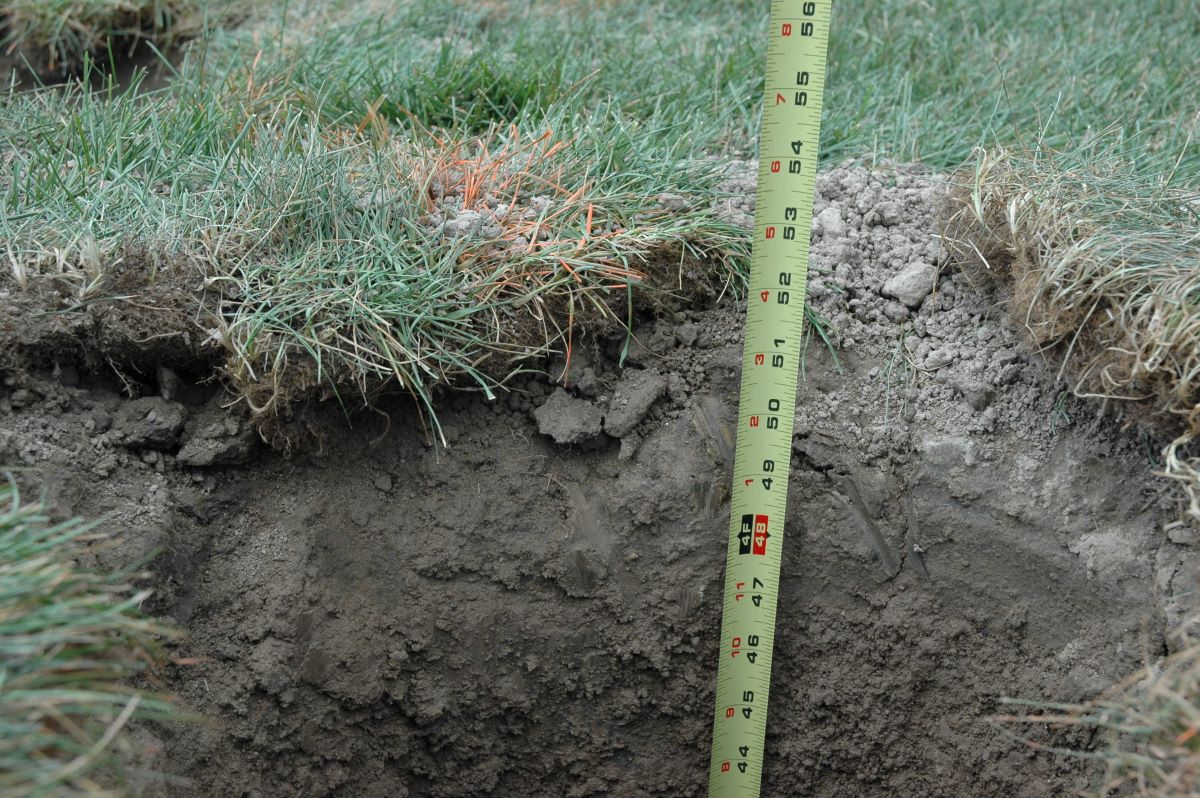
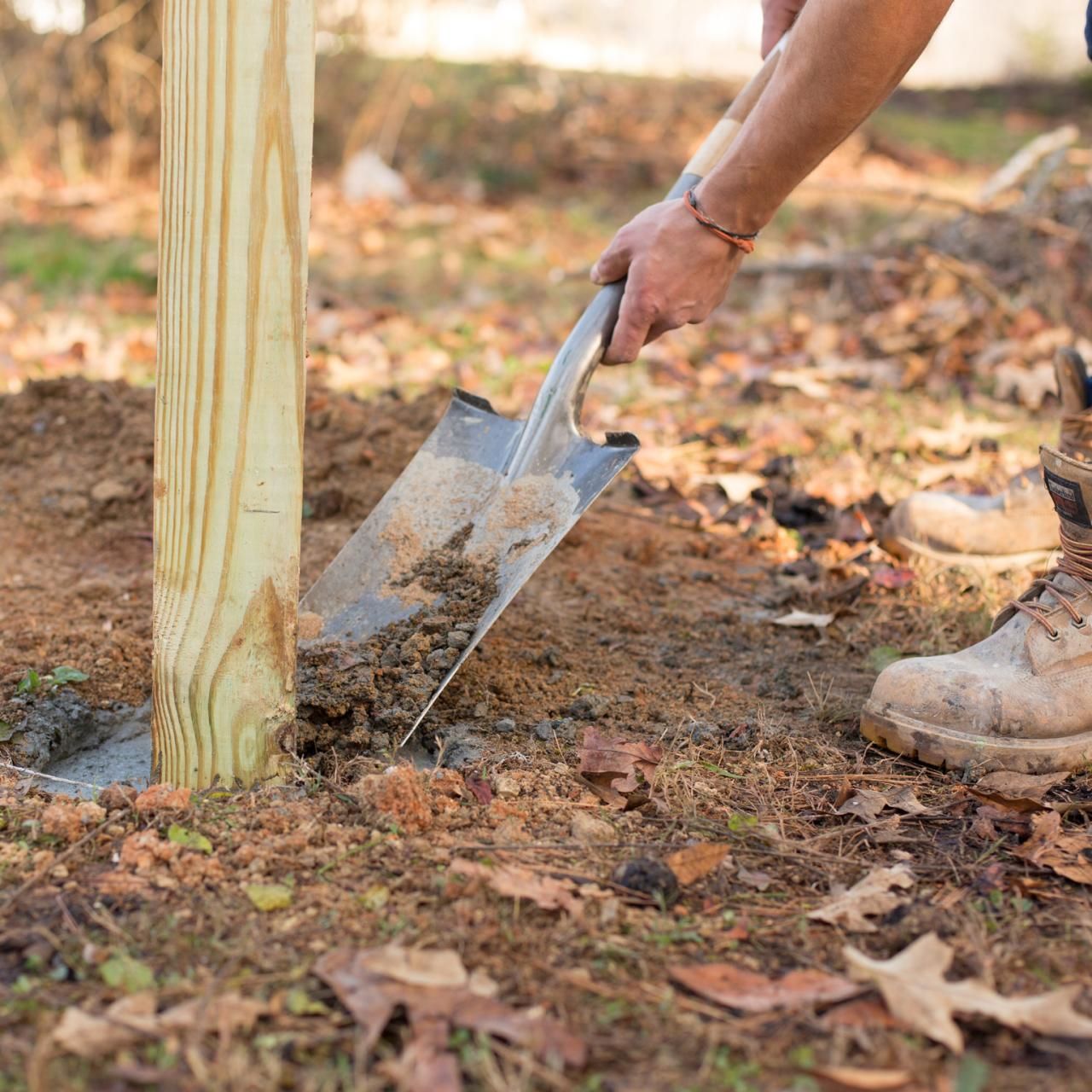
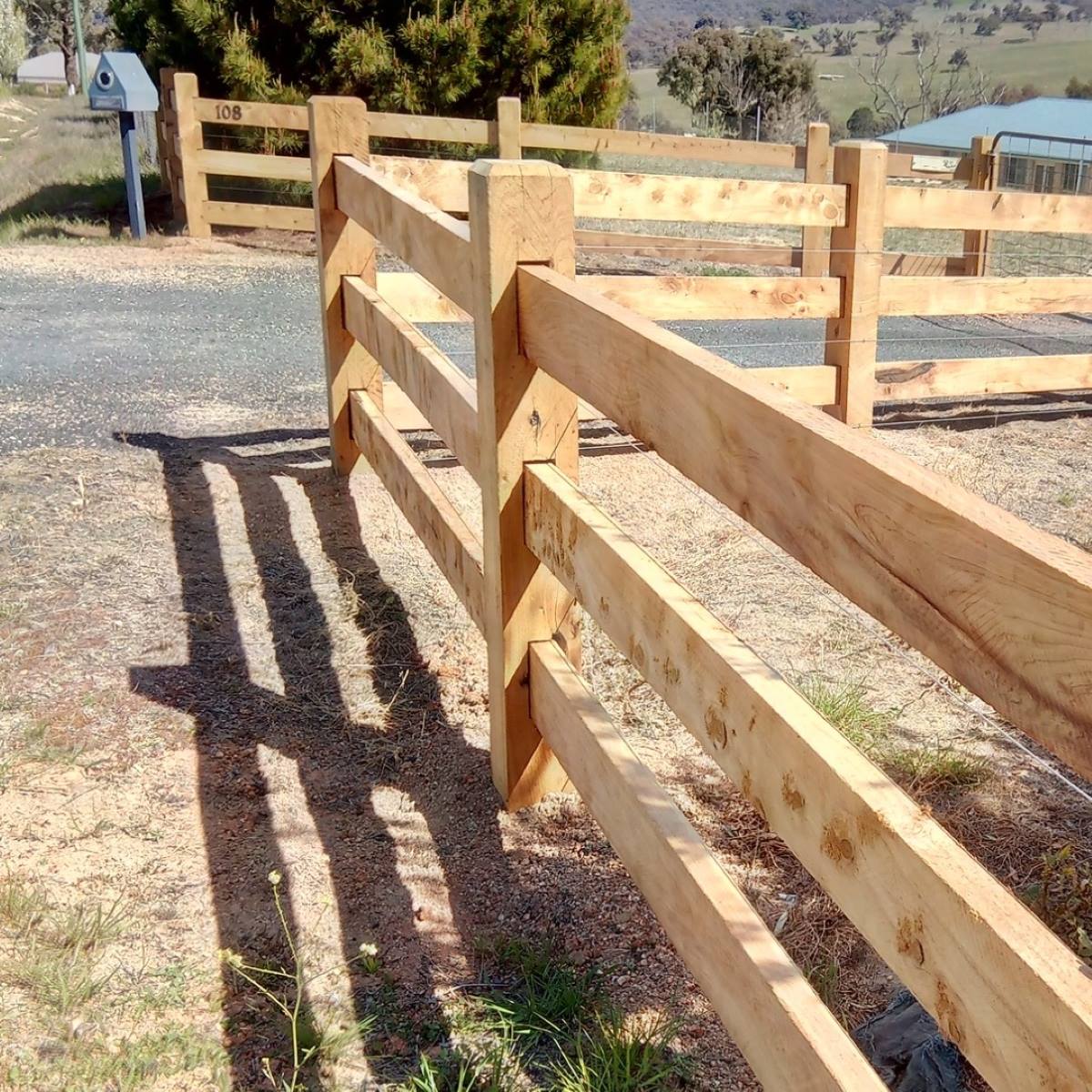

0 thoughts on “How To Keep Fence Posts From Rotting”